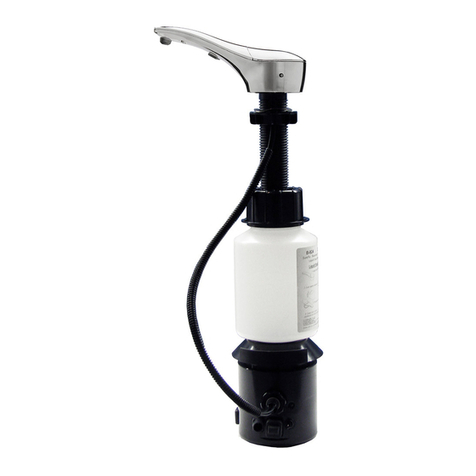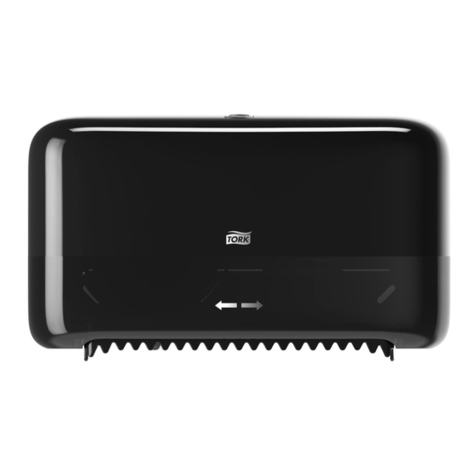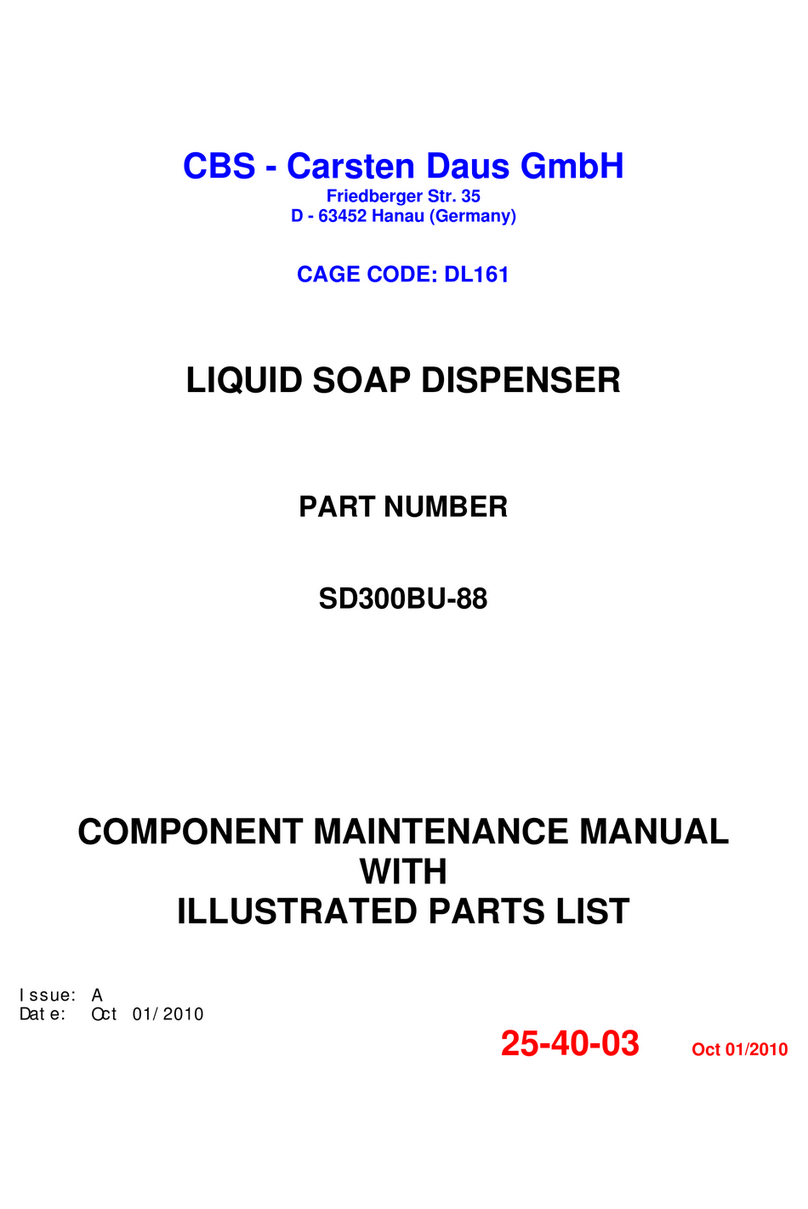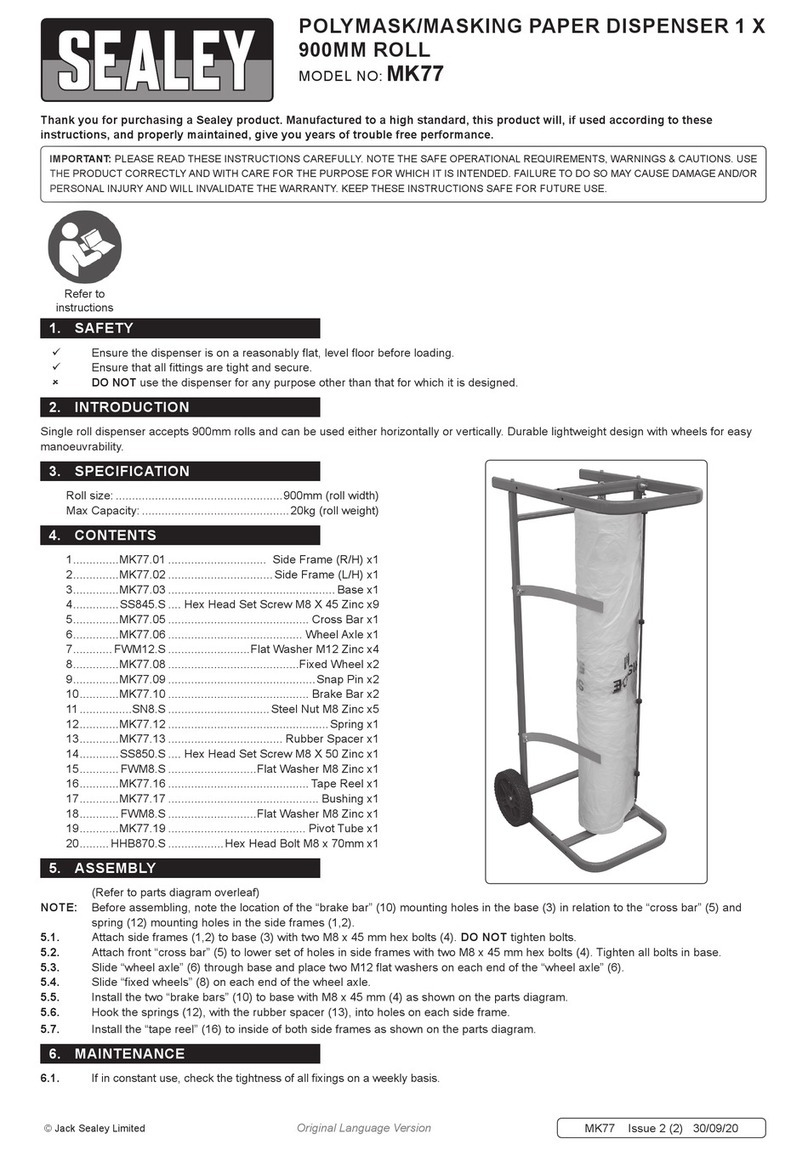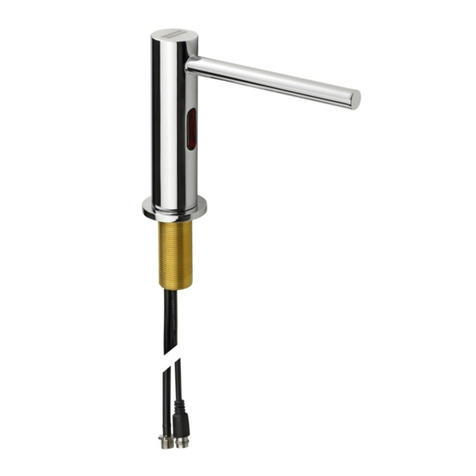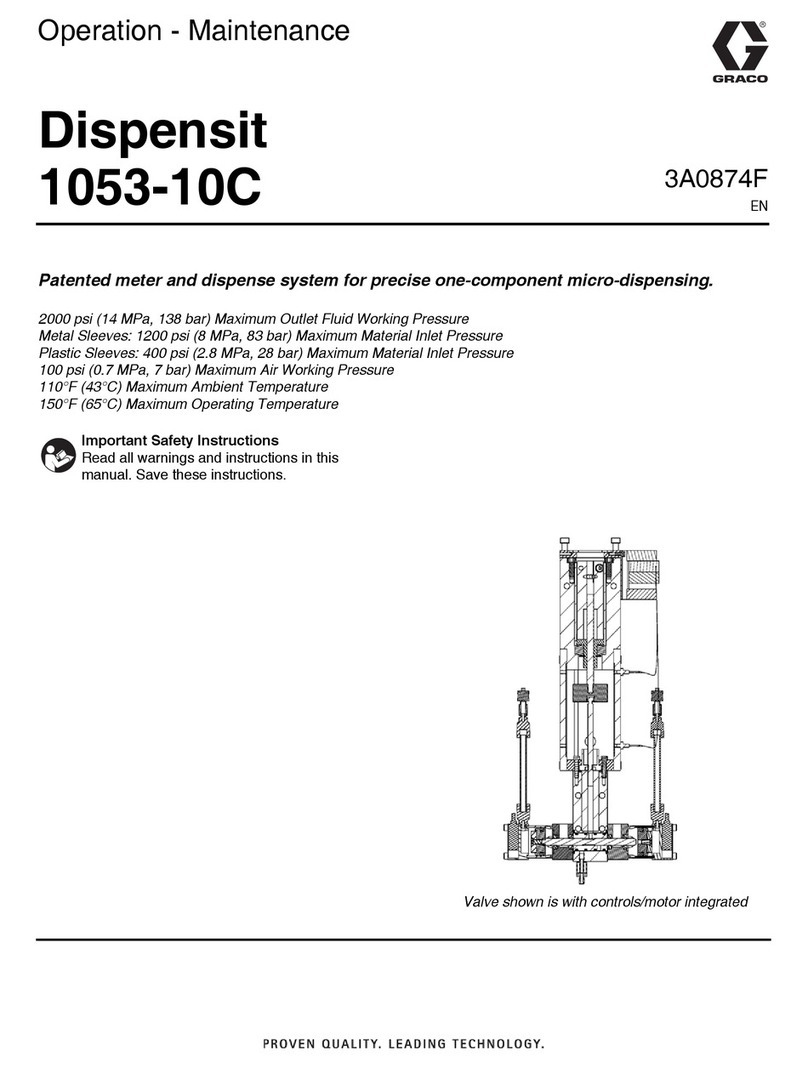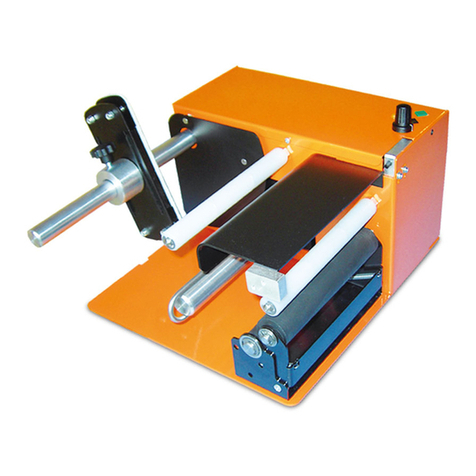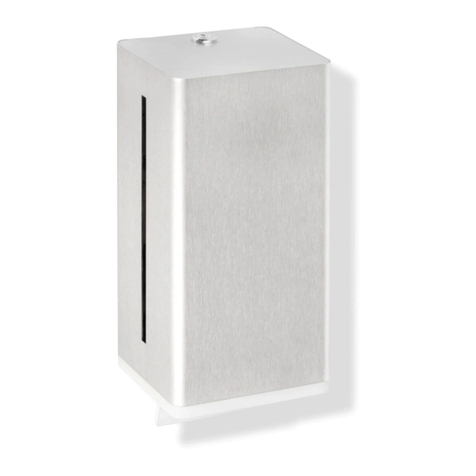ViscoTec Preeflow eco-DUO600 Guide
Other ViscoTec Dispenser manuals

ViscoTec
ViscoTec Preeflow eco-PEN300 Manual

ViscoTec
ViscoTec preeflow eco-PEN450 Manual
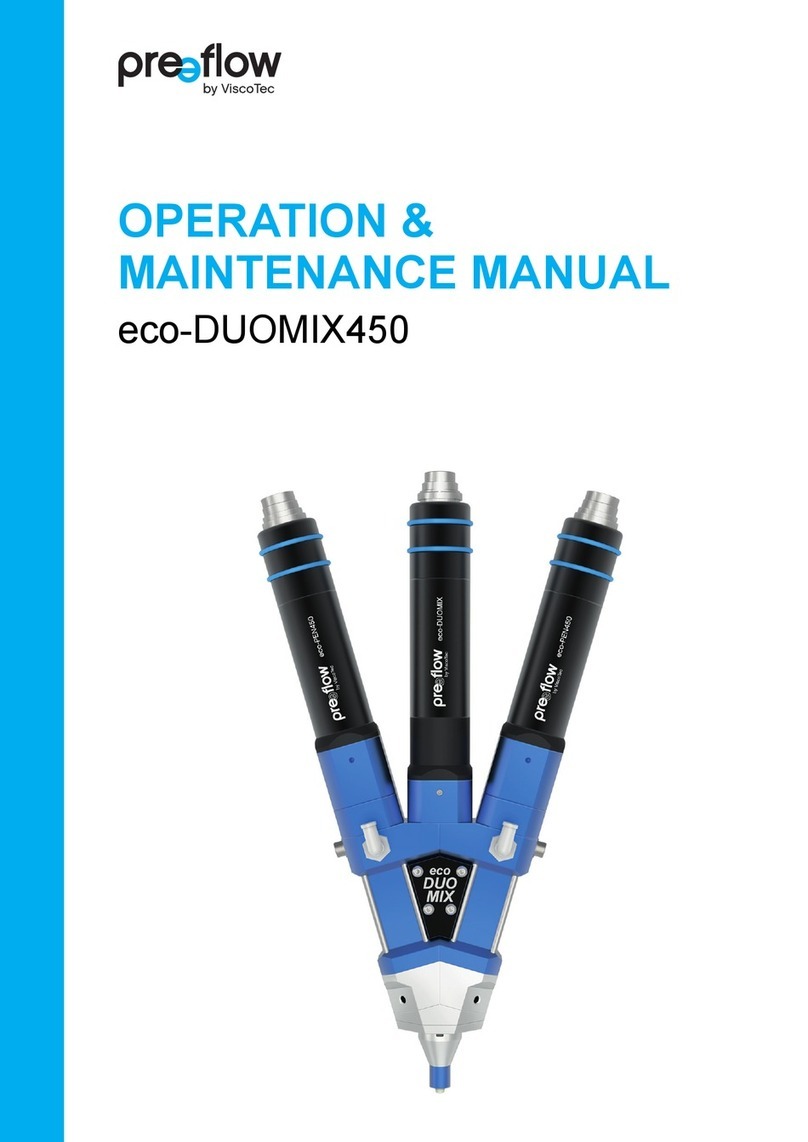
ViscoTec
ViscoTec preeflow eco-DUOMIX450 Manual
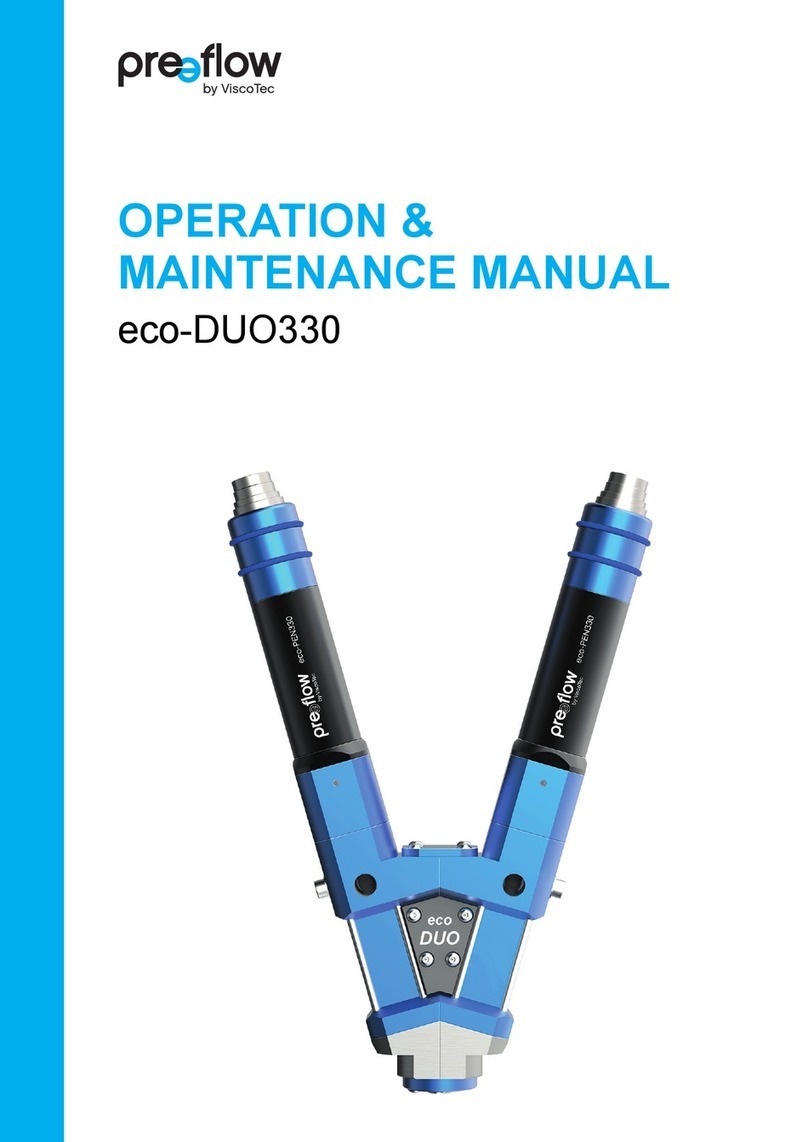
ViscoTec
ViscoTec preeflow eco-DUO330 Manual
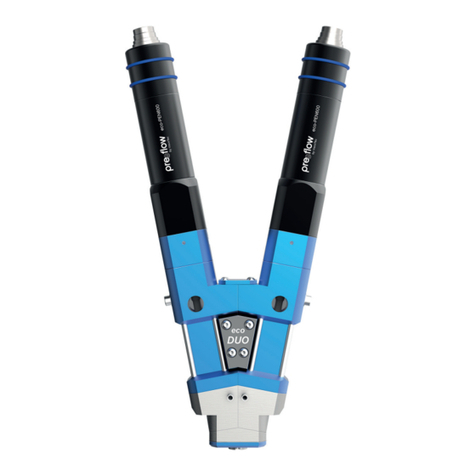
ViscoTec
ViscoTec Preeflow eco-DUO600 Manual
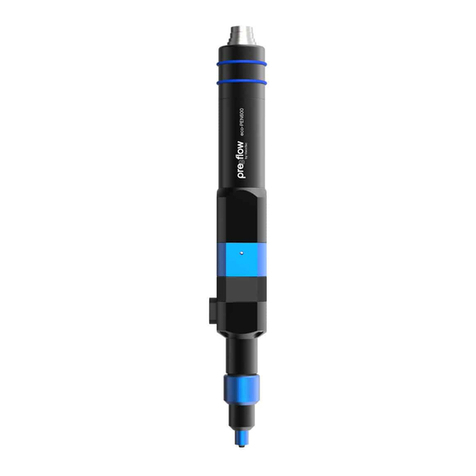
ViscoTec
ViscoTec Preeflow eco-PEN600 Manual
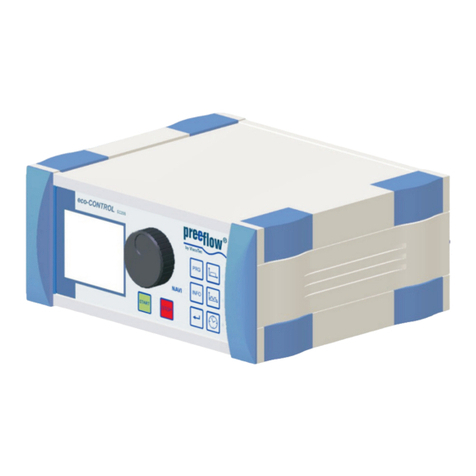
ViscoTec
ViscoTec Preeflow eco-CONTROL EC200-K Troubleshooting guide
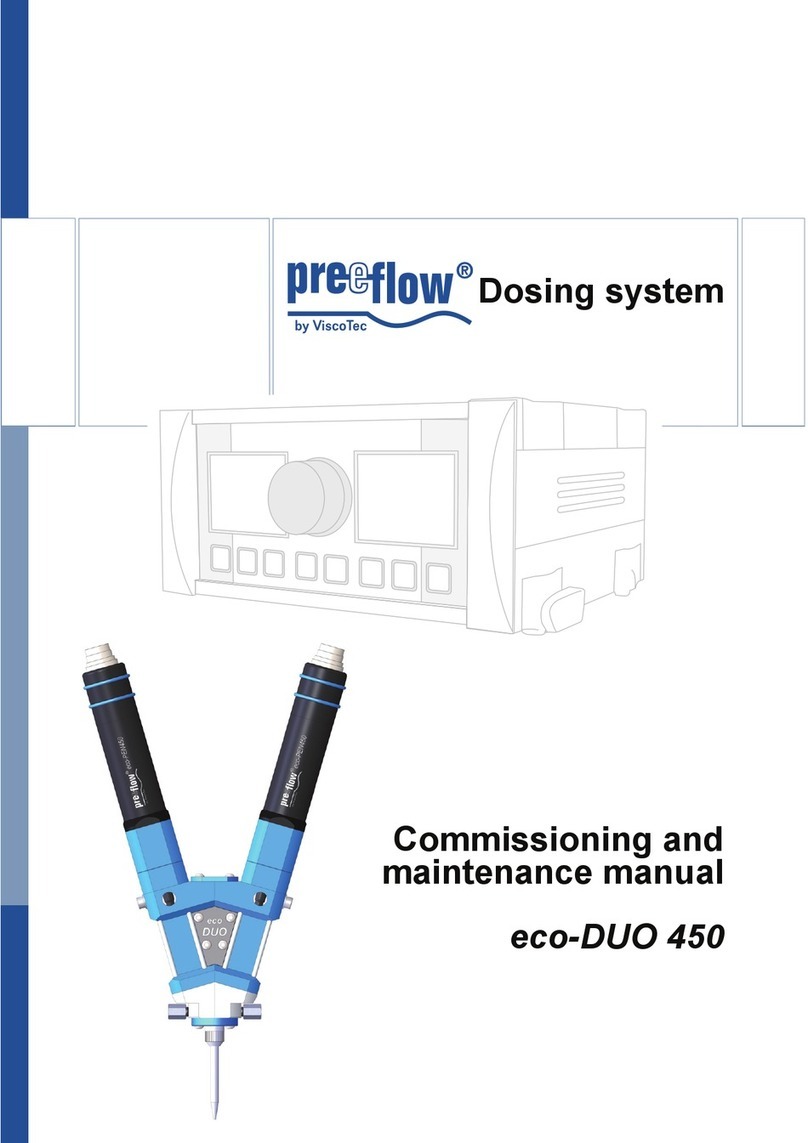
ViscoTec
ViscoTec preeflow eco-DUO 450 User manual

ViscoTec
ViscoTec Preeflow eco-PEN300 Guide

ViscoTec
ViscoTec preeflow eco-PEN330 Manual
Popular Dispenser manuals by other brands
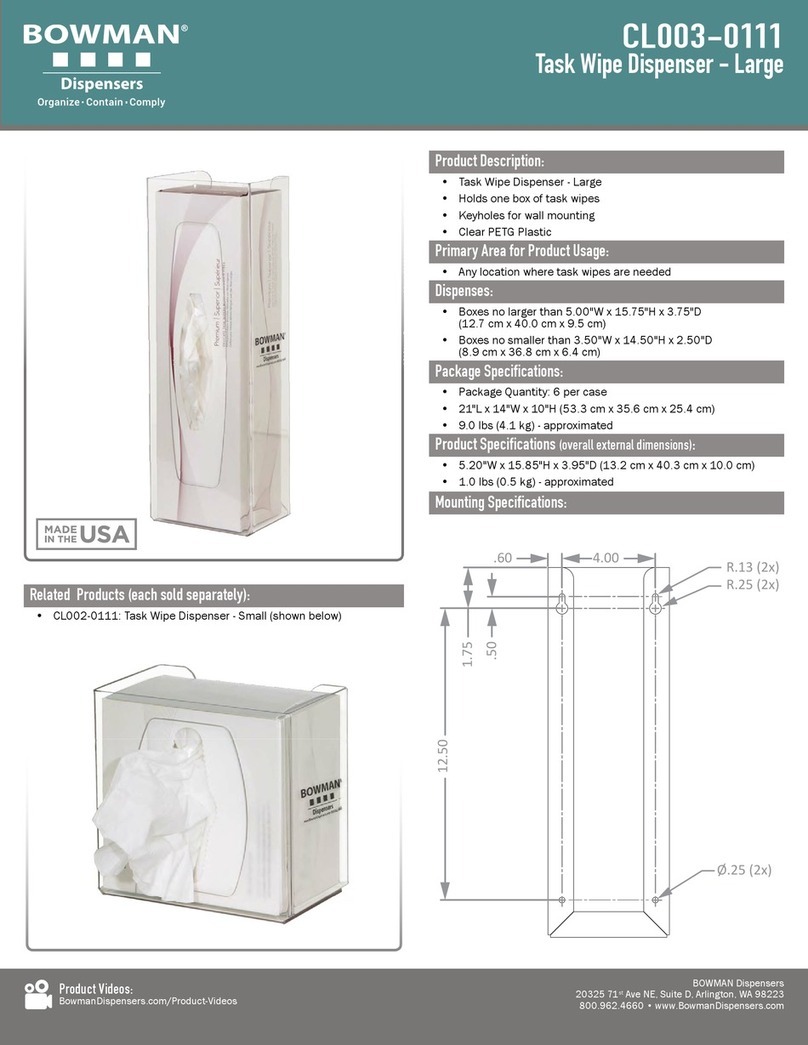
BOWMAN
BOWMAN CL003-0111 manual
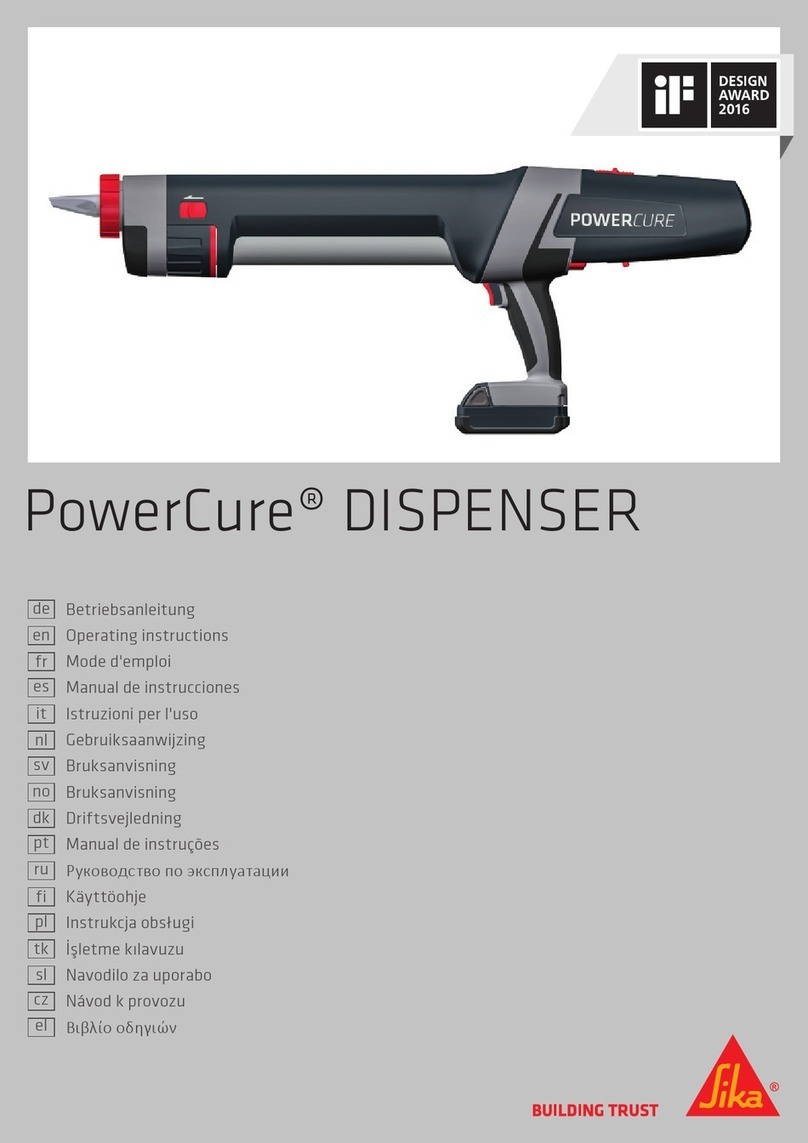
SIKA
SIKA Power Cure operating instructions

Silver King
Silver King Majestic SK12MAJ Technical manual and replacement parts list

Franke
Franke F3Dn Twin Service manual
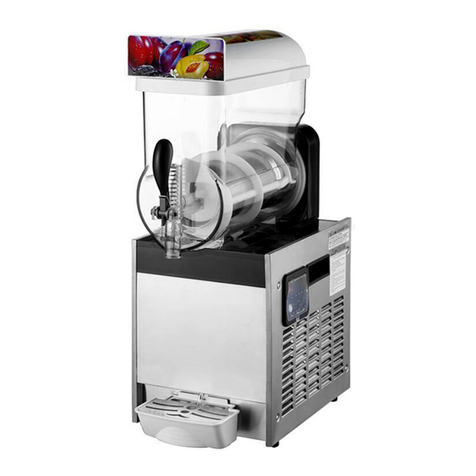
HURAKAN
HURAKAN HKN-MT1 manual

STIEBEL ELTRON
STIEBEL ELTRON UltraHot Plus Operation and installation instructions
